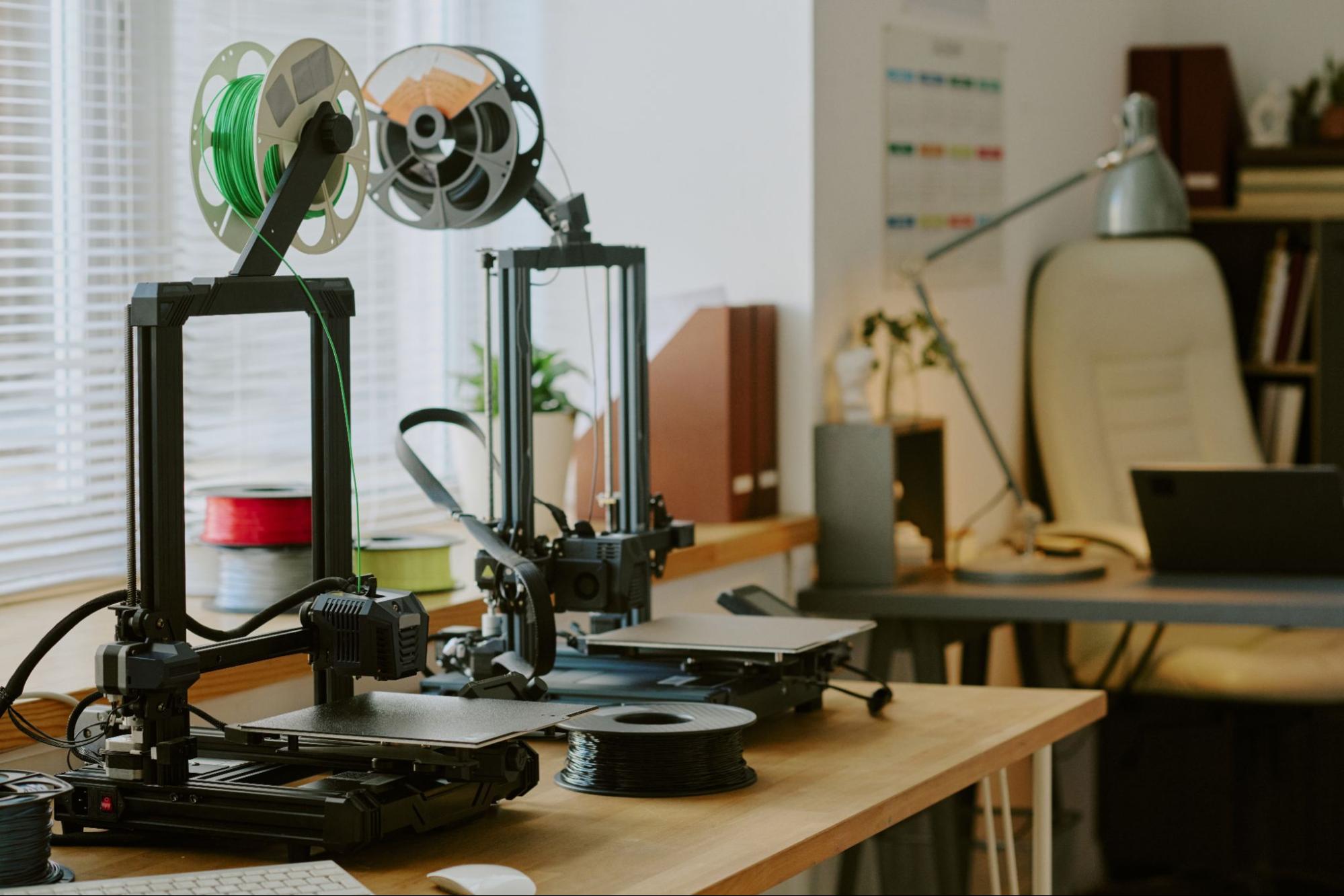How Fab Labs in the Philippines Are Empowering Local Communities

You’ve probably seen a 3D printer online or heard of laser cutters used for crafts—but did you know there are places in the country where everyday people can actually use these tools?
Enter fab labs, or fabrication laboratories. These aren’t just high-tech spaces for engineers and tech geeks. They’re community hubs where students, small business owners, artisans, and even local farmers can turn their ideas into real, usable products.
Related: What is a Fab Lab? A Beginner’s Guide to Digital Fabrication Spaces
Here’s what makes them truly impactful: across the Philippines, these creative tech spaces are enabling communities to innovate, tackle real-world challenges, and open doors to new opportunities—one project at a time.
Let’s take a closer look at how these spaces are driving change from the ground up.
On This Page
- How Fab Labs Help Local Communities
- Real Impact of Fab Labs on Filipino Communities
- Why Community-Focused Innovation Matters
- What This Means for Local Innovation in the Philippines
How Fab Labs Help Local Communities
Fab labs aren’t just about fancy machines—they’re about empowerment. Here’s how they’re changing lives on the ground:
1. Boosts Local Livelihoods
Fab labs are giving Filipinos the tools to turn ideas into income. For example, in Cebu, makers, students, and MSMEs can access advanced prototyping equipment, 3D printers, and workshops—helping them create products like furniture, crafts, and tools locally instead of outsourcing. More than making things, they’re creating opportunities and keeping business in the community.
2. Supports MSMEs and Startups
A lot of small businesses can’t afford high-end tools or expensive R&D. Fab labs level the playing field by giving them access to equipment they wouldn’t otherwise be able to use.
3. Encourages Innovation and Problem-Solving
Fab labs are ideal environments for learning by doing. Whether you’re a student building a robotics project or a farmer designing a water pump, these labs allow for experimentation.
It’s local innovation at its best—and because it’s made by people in the community, it’s tailored to real-world needs.
4. Hands-On Education and Skills Development
From STEM education to creative design, Fab labs offer training programs, workshops, and bootcamps. Kids learn how to code. Students learn 3D design. Even senior citizens are taught how to use basic software and machines.
The result? A new generation of makers and doers who aren’t just consuming tech—they’re creating with it.
5. Disaster Response and Community Resilience
Fab labs in the Philippines have also stepped up during times of crisis, shifting their resources to produce essential items like emergency shelters, furniture, and tools. This highlights how technology can empower local communities not only in business, but also in disaster response and recovery.
Related: 3D Printing in Disaster Relief: Building Hope and Resilience
Real Impact of Fab Labs on Filipino Communities
Over the years, fab labs have gone beyond just providing tools—they’ve sparked real change in communities across the Philippines. Here are some recent examples of their growing impact.
SINERGY Fab Lab: Green Innovation in Dumaguete
The SINERGY Fab Lab at Silliman University opened in 2024 with support from the DTI. What makes it special? It’s designed to be eco-friendly, using waste-conscious processes and sustainable materials. It gives students, researchers, startups, and MSMEs access to tools like 3D printers and laser cutters to turn their ideas into real, usable products—while keeping environmental impact in mind.
A Decade of Innovation: 49 Fab Labs and Counting
During the FabX PH 2024 event in Bohol, makers from all over the country showcased prototypes that tackled challenges in health, sustainability, and livelihood. Winning projects included:
- A smart cane with safety features for people with disabilities
- A plant-based leather bag made from cacao waste
- A smart egg sorter for poultry farmers
Beyond competitions, fab labs have helped create protective gear for health workers, solar kits for disaster-hit areas, and hands-on workshops for students and entrepreneurs.
With over 49 fab labs nationwide, they continue to serve as community hubs where ideas become solutions—and where local innovation thrives.
Why Community-Focused Innovation Matters
Too often, high-tech innovation is concentrated in big cities or private companies. But fabrication laboratories in the Philippines are proving that innovation doesn’t have to be exclusive.
By putting powerful tools in the hands of the people, these spaces have helped bridge the digital divide—connecting grassroots creativity with modern technology.
This is especially important in rural areas, where opportunities can be limited. With a little access and guidance, people are creating their own opportunities instead.
What This Means for Local Innovation in the Philippines
Fab labs in the Philippines are more than just high-tech spaces—they’re community hubs, startup incubators, and educational centers rolled into one. They prove that when you give people the tools to create, amazing things can happen.
From empowering artisans and supporting startups to transforming education and aiding disaster recovery, these digital fabrication hubs are redefining what local innovation looks like.
Got an idea you’re ready to build? Connect with a local Fab Lab in the Philippines and start building today. Contact us today!


 3D Printing
3D Printing  CNC Lathe
CNC Lathe  Desktop Filament Making
Desktop Filament Making  3D Scanning
3D Scanning  CNC Milling
CNC Milling  Packaging & Labeling
Packaging & Labeling  Bandsaw Cutting
Bandsaw Cutting  CNC Router
CNC Router  Vacuum Forming
Vacuum Forming  CNC Industrial
CNC Industrial  CNC Surface Grinding
CNC Surface Grinding  Waterjet Cutter
Waterjet Cutter 















